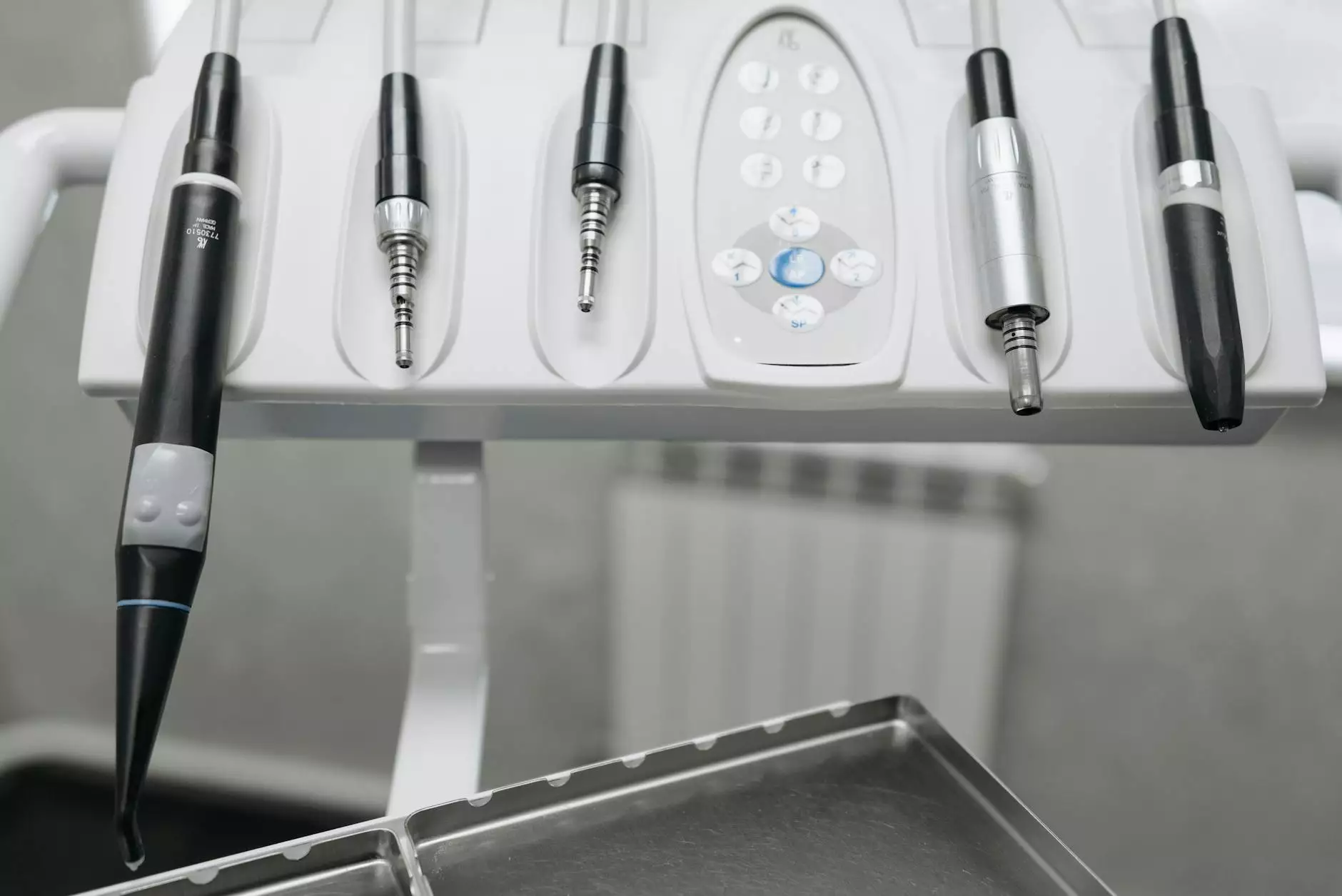Understanding Blood Clots in the Leg: A Comprehensive Guide

Blood clots in the leg, medically referred to as deep vein thrombosis (DVT), are serious medical conditions that require immediate attention. DVT occurs when a blood clot forms in one or more of the deep veins in the legs. This condition can lead to severe complications if not treated promptly. In this article, we will delve into the causes, symptoms, diagnosis, treatment options, and preventive measures concerning blood clots in the leg, providing you with the knowledge to better understand and manage this health risk.
What Are Blood Clots in the Leg?
Blood clots in the leg, or DVT, are a manifestation of abnormal clotting in the veins. When the blood thickens and clumps together, it forms a clot, which can disrupt normal blood flow. DVT typically arises in the deep veins of the legs due to a variety of reasons, and understanding these factors is crucial for effective management and prevention of the condition.
Causes of Blood Clots in the Leg
Several factors can contribute to the formation of blood clots in the leg. These include:
- Prolonged Immobility: Extended periods of inactivity, such as long flights or bed rest after surgery, can increase the risk of clot formation.
- Injury to the Veins: Trauma or surgery to the legs can damage blood vessels and contribute to clotting.
- Certain Medical Conditions: Conditions such as cancer, heart disease, or inflammatory bowel disease can elevate the risk of DVT.
- Hormonal Changes: Hormonal therapies, including birth control pills or HRT, can increase the risk of blood clots.
- Genetic Predisposition: Some individuals may have inherited conditions that make them more prone to clotting.
Identifying the Symptoms of Blood Clots in the Leg
Recognizing the symptoms of blood clots in the leg is vital for timely intervention. Common symptoms include:
- Swelling: A noticeable swelling in one leg, which may be warm to the touch.
- Pain: A sudden pain, often described as a cramp or ache, typically occurring in the calf or thigh.
- Color Changes: The affected leg may appear red or have a bluish tint.
- Warmth: The skin over the affected area may feel warmer than other parts of the leg.
Complications of Untreated Blood Clots
Failing to treat DVT can result in severe complications:
- Pulmonary Embolism: A life-threatening condition where a clot dislodges and travels to the lungs, blocking blood flow.
- Post-Thrombotic Syndrome: Chronic pain, swelling, and in severe cases, skin changes in the leg following DVT.
Diagnosis of Blood Clots in the Leg
To diagnose DVT, medical professionals employ several methods:
- Ultrasound: The most common test, using sound waves to visualize the blood flow in the legs.
- Blood Tests: D-dimer tests measure the presence of substances released when a blood clot dissolves.
- MRI or CT Scans: These imaging tests may be used for a detailed view of blood vessels.
Treatment Options for Blood Clots in the Leg
The treatment for blood clots aims to prevent the clot from growing, reduce the risk of pulmonary embolism, and manage symptoms. Standard treatment options include:
- Anticoagulants: Medications like warfarin and direct oral anticoagulants (DOACs) that help thin the blood.
- Thrombolytics: "Clot busters" used in severe cases to dissolve clots quickly.
- Compression Stockings: Using graduated compression stockings can help reduce swelling and pain.
- Inferior Vena Cava Filter: A device inserted into the veins to prevent clots from traveling to the lungs.
Preventive Measures Against Blood Clots
Preventing blood clots is crucial, especially for individuals at high risk. Here are some effective preventive measures:
- Stay Active: Regular physical activity promotes healthy blood circulation.
- Avoid Prolonged Sitting: Make it a point to stand, stretch, or walk regularly during long sitting periods.
- Hydration: Staying well-hydrated helps maintain optimal blood viscosity.
- Healthy Diet: Eating a balanced diet rich in fruits, vegetables, and whole grains can contribute to overall vascular health.
- Wear Compression Garments: For those at increased risk, especially during travel, compression stockings can aid circulation.
Conclusion
Blood clots in the leg are a significant health concern that can lead to serious complications if not identified and treated promptly. Understanding the causes, symptoms, and risk factors is essential for preventing DVT. Consulting with specialists, such as those at Truffles Vein Specialists, can provide the necessary guidance and treatment to manage and overcome this condition effectively. Always take proactive steps towards your health, and do not hesitate to seek medical advice if you suspect you may be at risk.
blood clot leg








